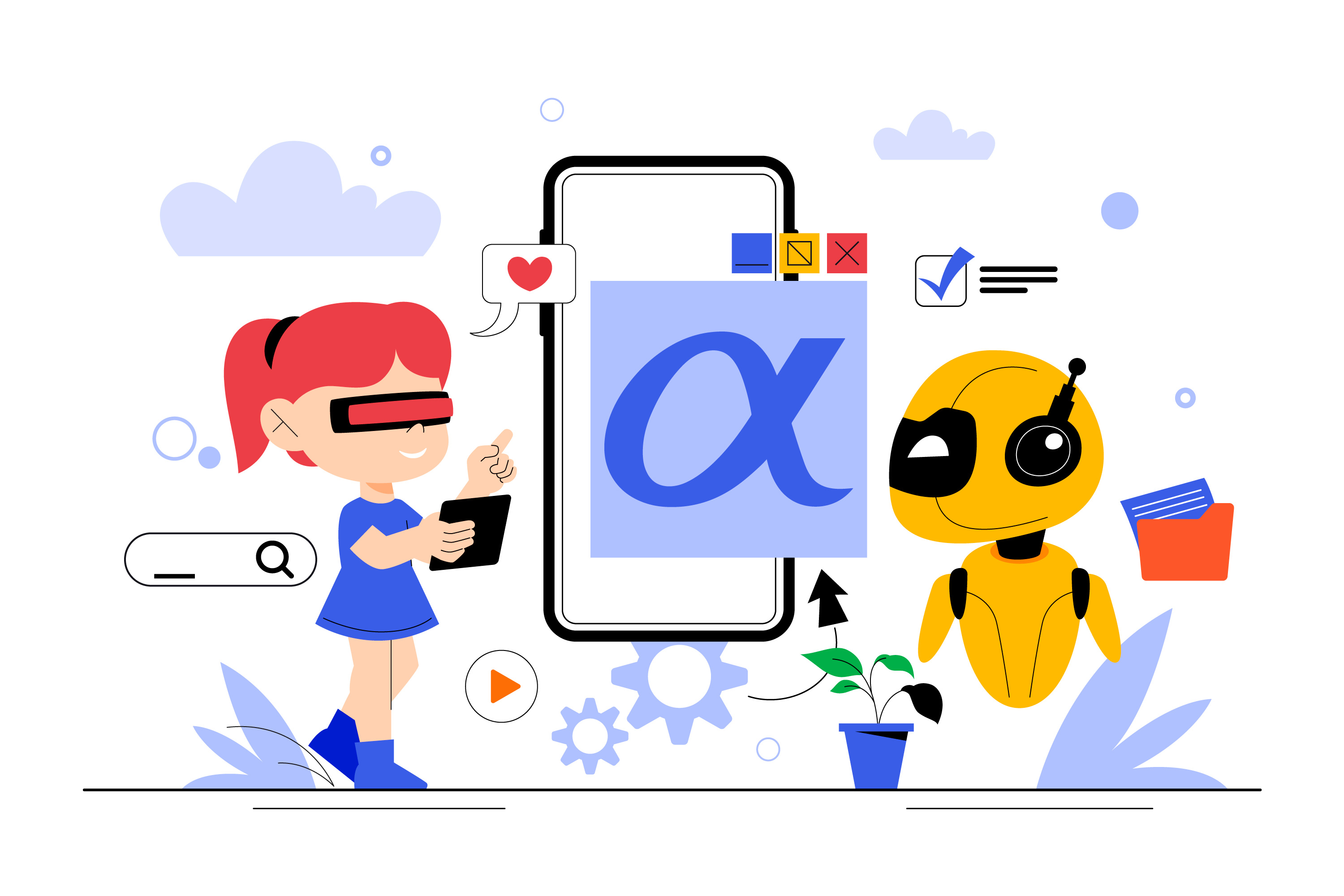
GEA, or Generative Engine Advertising, refers to sponsored content integrated directly inside AI-generated answers, the next evolution of paid search and performance advertising.
In 2025, AI-powered search engines have transformed how people access information. Platforms like ChatGPT Search, Perplexity, and Google AI Overviews (SGE) no longer list results, they generate them. These answers are fast, conversational, and often remove the need to click anywhere else.
For growth marketers and advertisers, this marks the start of a new chapter. Just as SEO evolved into Generative Engine Optimization (GEO), SEA is now entering its next phase, GEA.
What Is Generative Engine Advertising (GEA)?
Generative Engine Advertising (GEA) introduces ad formats that appear inside AI-generated answers rather than beside them. Unlike classic SEA links, GEA ads are contextual, conversational, and seamlessly integrated into responses.
Example:
When a user asks “What’s the best SEO tool for e-commerce?” on Perplexity, the answer could naturally include a sponsored suggestion for a platform like Ahrefs or Semrush, right inside the paragraph.
GEA doesn’t replace SEA, it complements it. It’s the advertising layer of the generative era, where brands become part of the conversation instead of appearing on its sidelines.
Which AI Search Engines Are Adopting GEA?
Generative search is no longer experimental, it’s expanding fast across all major players:
- Perplexity AI → testing “Perplexity Ads” to insert sponsored sources inside generated answers.
- Google AI Overviews (SGE) → piloting “AI Overview Ads” integrated directly in summaries.
- OpenAI × Bing Partnership (2025) → developing sponsored mentions within ChatGPT Search results.
- Gemini, Bing Copilot, Claude 3 → following similar models combining AI generation with native advertising.
We’re moving from link visibility to answer visibility.
Why GEA Matters for Brands
AI search engines already capture a growing share of attention, especially for informational and decision-stage queries. According to Similarweb (September 2025), Perplexity AI exceeds 200 million monthly visits, largely from professional and B2B users.
If your brand isn’t cited, referenced, or recognized as authoritative by these engines, it simply vanishes from the AI conversation.
Strong content signals, structured data, expertise pages, and consistent branding increase your likelihood of being quoted in AI results. That’s why companies such as HubSpot, Notion, and Shopify already appear frequently in AI Overviews — their content is organized and credible.
Want to understand how to strengthen your visibility? Check out my guide on the 10 Benefits of SEO for Long-Term Growth.
How Does GEA Differ from Traditional SEA?
GEA fundamentally changes the way paid search works.
- Placement: SEA ads appear around search results, while GEA ads appear inside AI-generated responses.
- Format: SEA relies on text or shopping ads; GEA uses conversational recommendations integrated into the answer.
- Objective: SEA focuses on driving clicks; GEA focuses on influencing users within the conversation.
- Attribution: SEA measures clicks and conversions; GEA measures visibility and brand mentions.
- User perception: SEA ads are clearly sponsored; GEA ads feel naturally embedded in context.
This shift changes how we measure both performance and brand authority.
The Challenges of GEA for Marketers
GEA forces advertisers to rethink fundamentals:
- Relevance & transparency: Users must still know when a suggestion is paid.
- Attribution: How do you measure ROI when there’s no direct click?
- Ethics & bias: How do we ensure neutrality in AI-driven recommendations?
- Creative adaptation: Ads must feel natural, not intrusive, inside conversational flows.
Success will come from balancing visibility with credibility, and automation with authenticity.
How to Prepare for the GEA Era
Here’s how marketers can future-proof their paid media strategies:
- Build strong content authority.
Create structured, data-rich, and trustworthy content that AI engines can confidently reference. - Audit your presence in AI search.
Test queries on ChatGPT, Perplexity, Gemini, and Bing Copilot. Identify where your brand appears and where it doesn’t. - Combine SEA with conversational experiences.
Integrate AI-powered chatbots or product assistants into your website to capture intent before users leave for external engines. - Shift metrics beyond clicks.
Track brand mentions, inclusion rates in AI answers, and share of generative visibility. - Create visual-rich ad assets.
As highlighted by Maxime Lonné, Paid Media Director at Eskimoz, SGE favors immersive formats combining text, image, and video.
What’s Next: The SEA 3.0 Transition
Ad platforms are already testing GEA monetization models:
- Google AI Overview Ads : native sponsored responses (tests since 2024)
- OpenAI × Microsoft Ads Partnership (2025) : ChatGPT Search placements
- Perplexity Pro Search Ads : paid ranking among cited sources
This “SEA 3.0” phase will reward early adopters who experiment now with attribution models, content authority, and brand positioning inside AI ecosystems.
Key Question: How Can Brands Keep Control of Their Narrative?
The answer lies in owning your data and context. Forward-thinking companies like Sephora or BMW already deploy internal generative engines connected to their CRM and catalogues. By doing so, they capture intent before it reaches public AI platforms, maintaining full control over messaging and conversion.
The Future of Paid Search Is Generative
The Generative Engine Advertising model won’t standardize overnight, but its momentum is undeniable. For brands, the opportunity is clear: those who adapt first will secure visibility in the new frontiers of AI search.
GEA turns every generated answer into a potential ad space and every conversation into a growth opportunity.
Writer
Roy Amatoury
Category
AI & Paid Media
Reading Time
6 minutes

October 31, 2025
Paid Media
GEA: The Next Evolution of Paid Search in the Age of Generative AI
.jpeg)
October 28, 2025
SEO
GEO vs SEO: Understanding the Real Shift in the Search Landscape

October 22, 2025
Paid Media
.svg)


